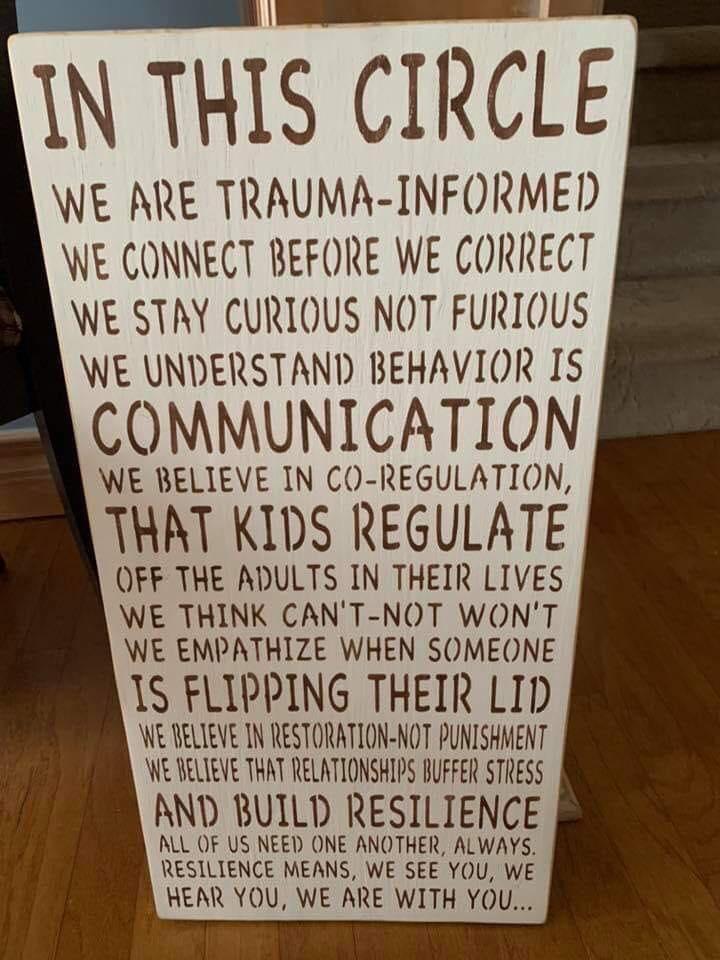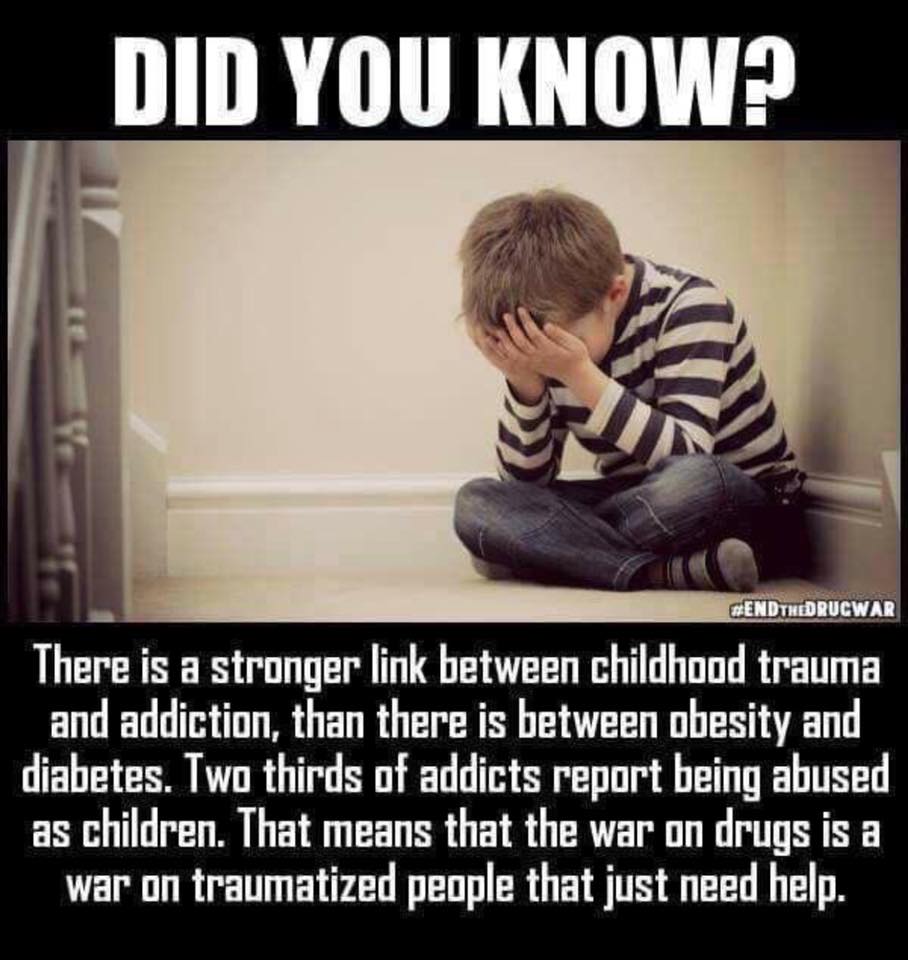making a difference
For Teachers, Educators and Professionals
As an adult providing education and support to children, you will encounter children from hard places. If you are a teacher, you WILL teach children who have been traumatized. The CDC ACE study tells us that more than 50% of students in the classroom have experienced one or more adverse childhood events (ACE). Childhood trauma manifests itself as negative behaviors within the classroom setting, these behaviors are a normal stress response that most teachers are not equipped to deal with.
Think on this…inattentive, hyperactive, and impulsive behavior may in fact mirror the effects of trauma or adversity. Children show their emotions through behavior.
What might seem like random, nonsensical or manipulative behaviors in a child, might actually be rooted in a space called ‘FEAR’, grief and pain. The emotional backpack they carry to school each day is one that they cannot set outside your classroom door, and it will remain heavy and forefront in their brain.
It’s important to understand that trauma undermines attention, executive functioning and working memory. When trauma causes emotional or psychological damage to children, they may adopt a set of behaviors or patterns of thinking that put them on a path for further trauma. Trauma begets trauma.
We believe that children are one caring adult from being a success. TLC hopes to provide you with the latest resources, education and evidence-based studies on providing a trauma-informed classroom.
ARTICLES
VIDEOS
Trauma in the Classroom



